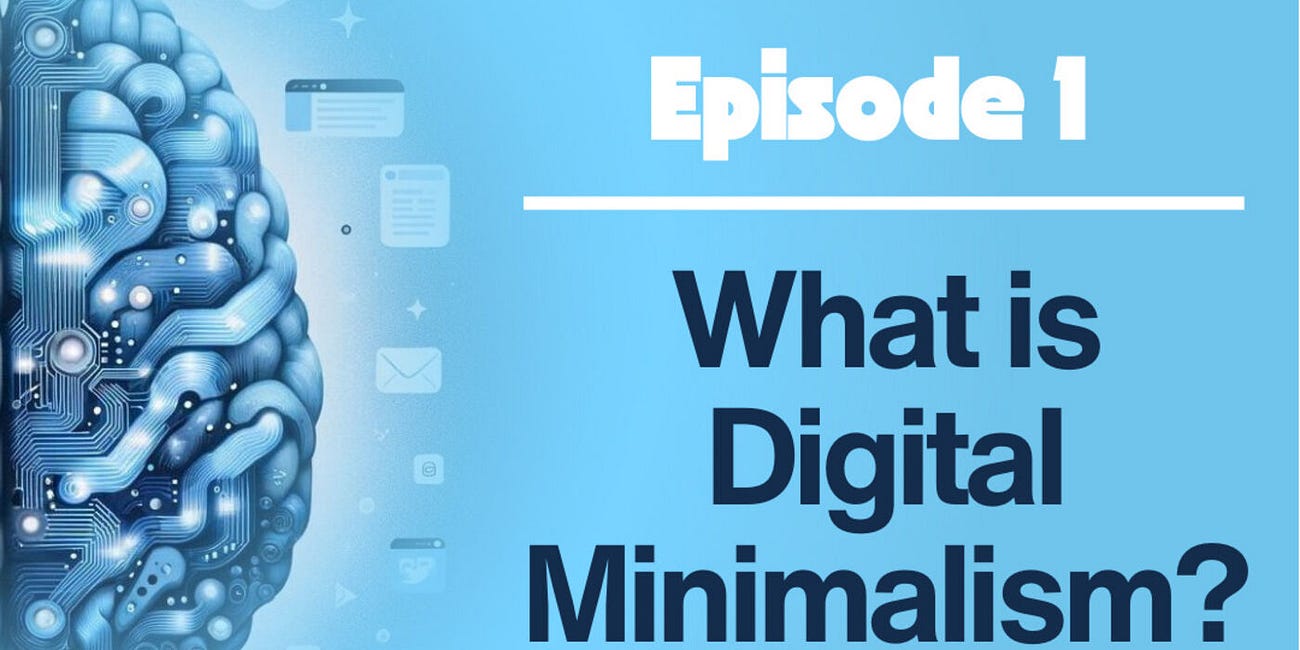I’ve been traveling a lot in the past week for various reasons – with the whole family, solo, for pleasure but also to say a bittersweet goodbye.
It’s the second trip I’ve taken since getting my dumbphone at the beginning of this year, but this trip had a lot more moving parts than my last trip. Unexpectedly, I had to tack on an extra leg to my trip to visit a family member in hospice. Meanwhile, my children flew to my mother’s house and my husband had to travel out of the country. I’m at 35,000 feet as I type this. It’s been hectic.
For the first part of the trip, we were on vacation and so I was in picture-taking mode. (For the time being, I’m using my old iPhone as my camera.) As I look back at the photos from our beachy adventures, I’ve been reflecting on the strange phenomenon that is being able to view photos/videos of yourself instantaneously. One thing I’ve noticed from the videos is the way my older son (who is nearing 4 years old) is completely aware that he’s being recorded. Inevitably, he’ll scamper over to me, asking me to show him whatever photo or video I’ve taken. “Yo quiero ver!” he says. “I wanna see!” He’s fascinated by the moving image of himself, doing whatever thing he was just doing a second before. He wants to watch it again and again, wants to scroll through Mama’s archives and look at all the many photos and videos I’ve taken of him.
Something came up in conversation with my best friend recently; she’s also a mom, and I was sharing with her that I’ve noticed how my older son is quite self-conscious. “That’s strange,” she said, “for a kid so young to be so self-conscious.” But looking at these photos and videos, it’s got me thinking that maybe it’s impossible for a child growing up in the smartphone era to be anything but self-conscious. When I was 3 years old, how many photos or videos did I see of myself? My mother certainly took a lot of pictures, then she had to send them out to be developed, and then… I can remember looking through photo albums of my younger years when I was older, but I don’t have any recollection of really seeing my own likeness as a young child, besides looking into a mirror. Some food for thought…
So yes, my smartphone came with me on this trip, and I must admit, I have been grateful to have a tiny computer in my possession as I navigated various challenges. Although my smartphone is no longer connected to a service provider, let’s be honest: wi-fi isn’t hard to find these days, not even on a tropical island. (My husband’s smartphone is always overly eager to share its hotspot with my device.)
But being outside of my house and my daily routine, it’s easy to fall into old habits. Instead of keeping my smartphone powered down and hidden in a drawer, I’m using it to document our trip, send photos to the family, upload my boarding pass and hail an Uber. There’s a convenience that I can’t deny, but it’s those little conveniences that give way to wanting more. Convenience is a double-edged sword. Next thing you know, I’m refreshing my email for the 30th time or pacing my Airbnb with my smartphone in hand, waiting for a friend to respond to my WhatsApp message, or for someone to “heart” the photo I texted to the group. It’s so easy to trip and fall back under the iPhone’s spell. Before you know it, I’m getting “lost” in my phone again, even if I have removed many of my usual pathways into dopamine spirals (social media apps, internet browser, etc).
I recently heard about the Dorito Theory, and how, the reason we keep scrolling on social media is because the only enjoyable part of the experience is the first hit, but there’s no substance to satiate us the way a nourishing meal might. I’ve written about this before in the newsletter.
Even though I’m not using my smartphone to scroll, if given the opportunity, I’m still turning to my smartphone for something—a dopamine hit, or another bite of a crunchy Dorito.
My smartphone in its current “disconnected” state is much like my old iPod touch (RIP). Before going full smartphone in 2017, I had a flip phone and an iPod touch, which was a great combo for my mental health—especially because I didn’t have wi-fi at home so I couldn’t get online unless I went elsewhere (my office, the coffee shop or library). My home was my sanctuary and it was lovely… (I wrote about it in The Washington Post a few years back.)
But now, there are so many more opportunities to connect my smartphone to wi-fi, especially when I’m traveling. And so, I must be more vigilant, or to put it differently, mindful. I have to constantly remind myself about my intention to stay off of my smartphone.
I ask myself: Why are you reaching for your iPhone? What task do you need to accomplish? Are you simply bored or acting on an impulse just because it’s there, within your line of vision? Are you “getting lost” in your smartphone again?
I am finding that, since switching to a dumbphone, I am much more aware of what’s happening to my brain/attention/willpower when I’m on my smartphone, and I’ll often have the wherewithal to power off my device or put it on airplane mode before I waste too many precious moments of my life.
Traveling has also given me a lot of time to people-watch—an old hobby that feels new again now that I can’t get lost in my smartphone as easily. Sitting at the gate waiting for my flight to board and watching hundreds of people do their thing all around me, I feel as though I’m an anthropologist observing human behavior with fascination. People watching in the modern age is also quite… boring. For reasons you can imagine. But I still found it enjoyable to take in the world around me.
Without my own smartphone to fiddle around with, I find smartphone-in-hand behavior even more jarring. I met someone last night who, over the course of what was otherwise an interesting conversation, consistently checked notifications on his smartwatch and then pulled out his smartphone to follow up. I found myself not wanting to engage further with this person, because it was so clear to me that his attention was fractured into a million pieces. The effort I was putting into talking to this person simply didn’t seem worth it, and that makes me sad. It makes me sad because I know that this person is not an outlier, and also that it’s not his fault.
It’s by design.
And yet, we have the choice to stay hooked or to take a different path.
What choice will you make?
What is Digital Minimalism?
On the first episode of the scroll sanity podcast cohosts, Nic DiBella and Carmella Guiol discuss their journey into digital minimalism as they ditch the smart phone in favor of feature phones. In this episode, they explore the concept of digital minimalism, the benefits and drawbacks of life without a smart phone and tease what’s coming up on future ep…






